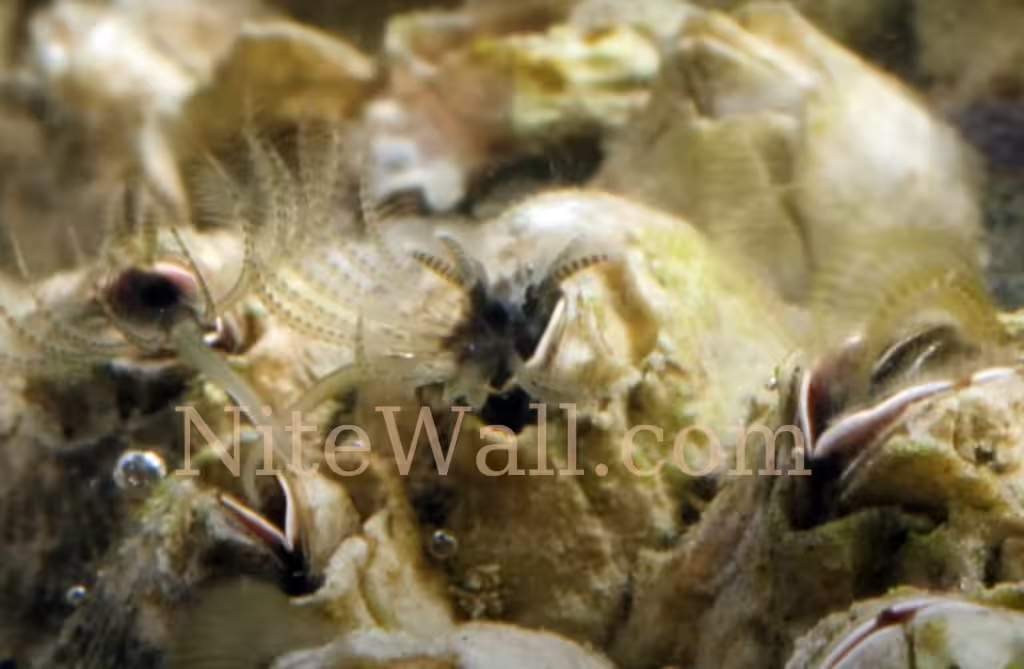Barnacles are fascinating marine creatures! They are crustaceans, which means they’re related to crabs, lobsters, and shrimp. Here are some interesting facts about them:
- Appearance: Barnacles are covered with hard plates of calcium carbonate, which protect them from the environment.
- Habitat: They attach themselves to hard surfaces like rocks, ship hulls, and even other marine animals like whales and sea turtles.
- Feeding: Barnacles are filter feeders. They use their feathery legs to capture plankton and other small particles from the water.
- Life Cycle: They have a complex life cycle that includes a free-swimming larval stage before they settle down and attach to a surface.
Can You Eat Barnacles?
Yes, barnacles are edible and considered a delicacy in many parts of the world, especially in Spain and Portugal. They have a mild flavor and a light, delicate texture, similar to other shellfish like mussels or clams.
Nutrition Facts
Barnacles are quite nutritious and offer several health benefits. Here’s a summary of their nutritional content:
| Nutrient | Amount | Benefits |
|---|---|---|
| Protein | High | Essential for muscle repair and growth |
| Fat | Low | Healthy option for low-fat diets |
| Vitamins | B1 (Thiamine), B2 (Riboflavin) | Important for energy metabolism |
| Minerals | Calcium, Iron, Magnesium, Potassium, Selenium | Vital for various bodily functions |
| Iodine | High | Important for thyroid function and metabolism |

Health Benefits
- Metabolic Health: The combination of low-caloric density and high nutrient content makes barnacles a good option for those trying to manage their weight.
- Immune Health: The vitamins and minerals in barnacles can support a healthy immune system.
Recipe: Gooseneck Barnacles with Lemon
Here’s a simple and delicious recipe to enjoy barnacles:
Ingredients:
- 1 pound gooseneck barnacles (separated and rinsed)
- 8 cups water
- 1 cup kosher salt
- 1 lemon (sliced into wedges)
Instructions:
- Boil the Water: Bring 8 cups of water to a boil in a large saucepan.
- Add Salt: Stir in 1 cup of kosher salt until it dissolves.
- Cook the Barnacles: Add the gooseneck barnacles to the boiling water and cook until tender, about 2-3 minutes.
- Drain and Serve: Drain the barnacles and serve them with lemon wedges.
This recipe lets the natural flavor of the barnacles shine through. Enjoy your meal!
